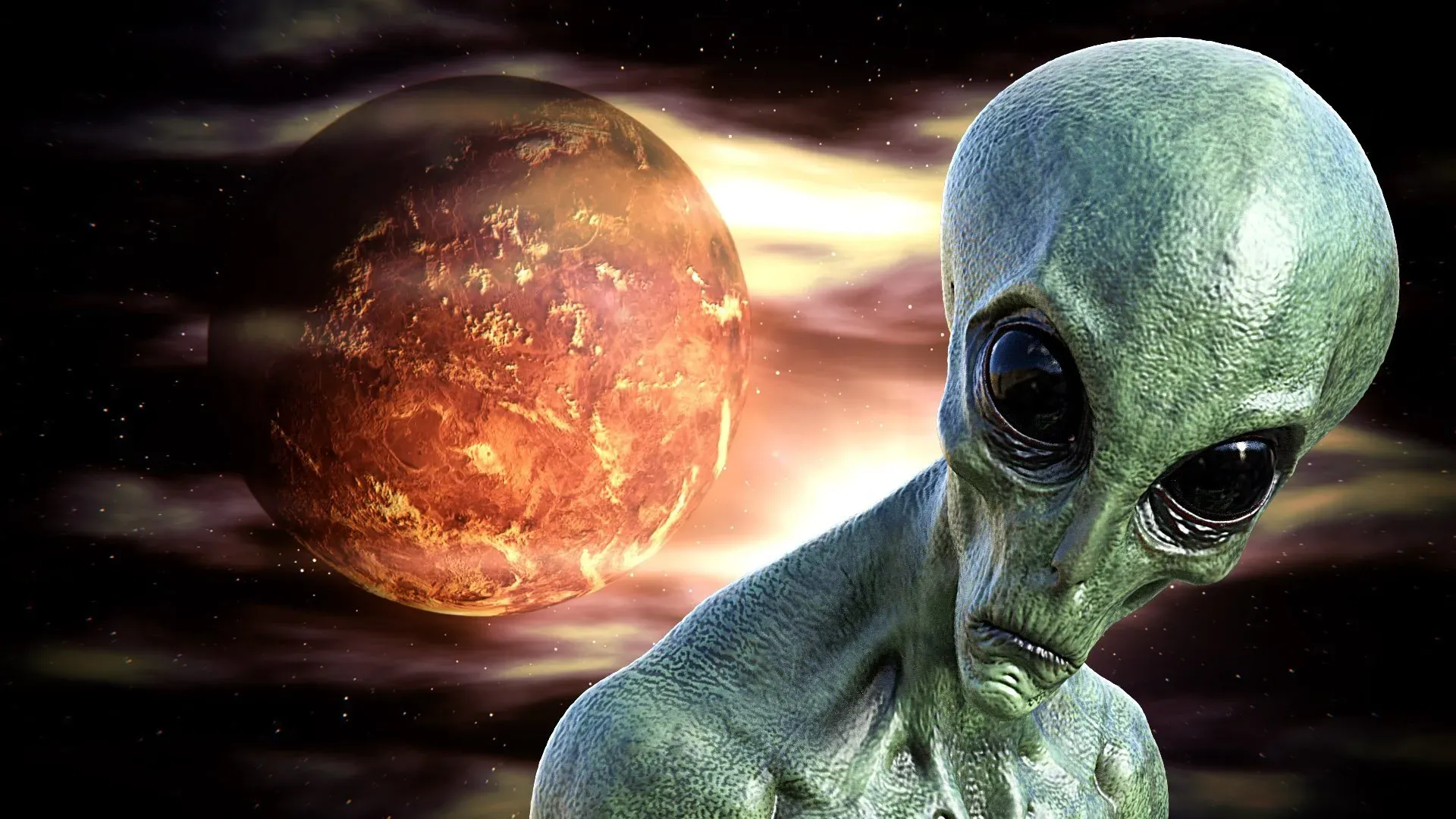One of the most intriguing questions in astronomy is whether there is life beyond Earth. Many scientists are searching for signs of life on planets orbiting distant stars, hoping to find evidence of biospheres similar to our own.
However, a new study suggests that some of these planets may face a serious threat from their own moons: instability.
The study, published in journal Monthly Notices of the Royal Astronomical Society, examines how the gravitational interactions between a planet and its moons can affect the stability of the moons’ orbits over time.
The researchers found that if a planet has multiple large moons, like Jupiter or Saturn, their orbits can become chaotic and eventually collide with each other or with the planet. This could have devastating consequences for any life on the planet or its moons.
The researchers used computer simulations to model different scenarios of planetary systems with multiple large moons. They varied parameters such as the number and size of the moons, their orbital distances and eccentricities, and their initial orbital phases.
They found that in most cases, the moons’ orbits became unstable within a few billion years, leading to collisions or ejections from the system.
The collisions could produce huge amounts of debris that would rain down on the planet or its remaining moons, potentially causing mass extinctions or sterilization.
The ejections could also alter the climate and habitability of the planet or its moons by changing their orbital distances and periods. For example, if Earth’s moon were ejected from its orbit, Earth would lose its tides and seasons and experience more extreme temperature variations.
The researchers estimated that about 10 percent of exoplanets with multiple large moons could experience instability within 10 billion years, which is roughly the age of our galaxy. This means that many potentially habitable worlds could be rendered uninhabitable by their own moons.
However, not all planetary systems with multiple large moons are doomed to instability. The researchers identified some factors that could increase the stability of such systems, such as having fewer and smaller moons, having more circular and coplanar orbits, and having resonant orbital configurations (such as when one moon completes two orbits for every one orbit of another moon). These factors could help maintain stable gravitational balances between the planet and its moons.
One example of a stable system with multiple large moons is our own solar system. The researchers found that none of our giant planets’ moons are likely to become unstable within 10 billion years.
This is partly because our giant planets have relatively few large moons (four each for Jupiter and Saturn), which are mostly in resonant orbits (such as Io-Europa-Ganymede for Jupiter). Moreover, our giant planets are far enough from each other that they do not perturb each other’s moon systems significantly.
The study highlights how complex and dynamic planetary systems can be over long timescales. It also shows how important it is to consider not only planets but also their satellites when searching for extraterrestrial life.
While some planets may seem promising at first glance based on their size and distance from their star (the so-called “habitable zone”), they may actually be hostile to life due to their unstable moon systems.
